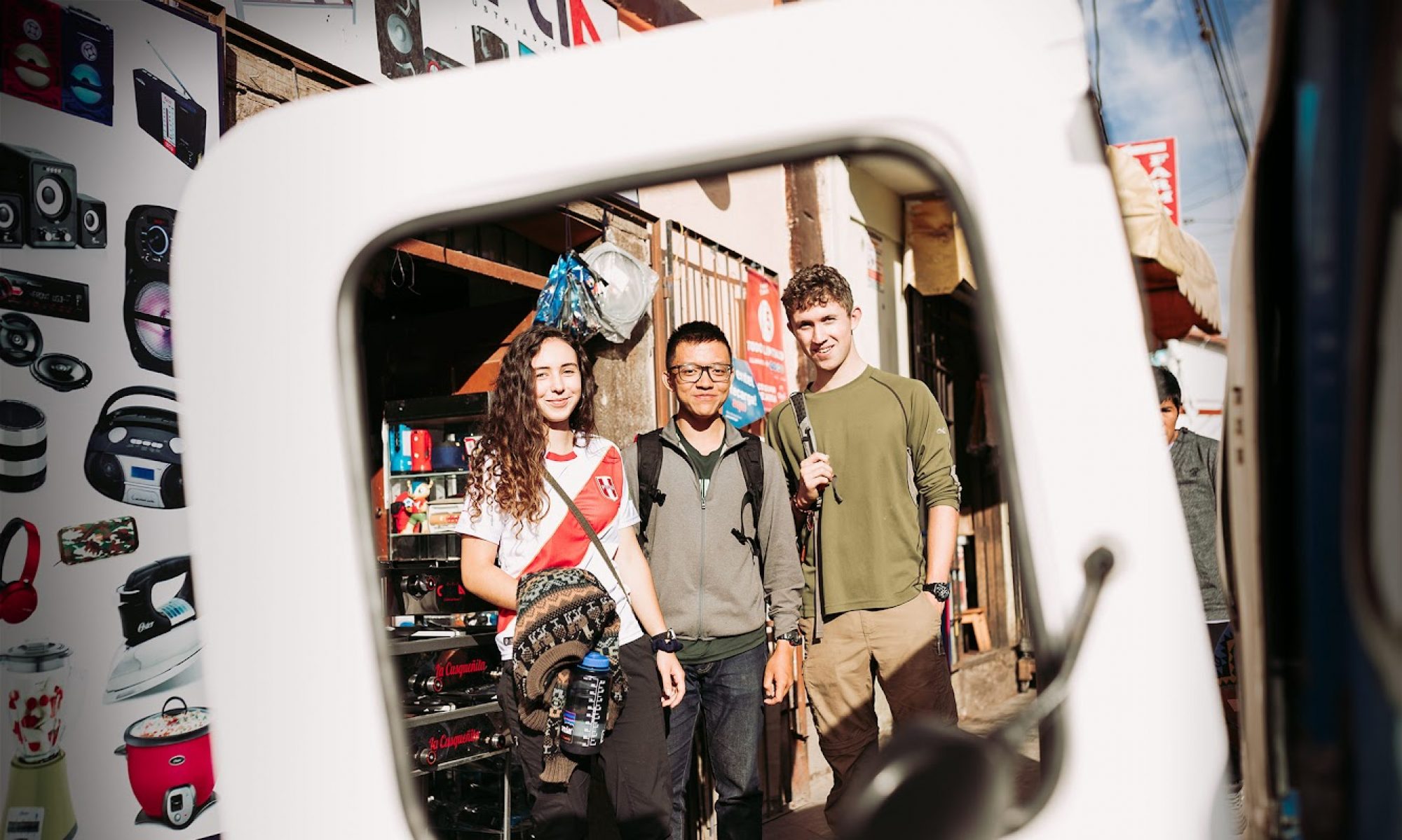by Ashley, Tufts 1+4 Participant
I can recall my early preschool and kindergarten days where I would spend countless hours (probably minutes) drawing and coloring to my heart’s content. I was not one of the children that would paint the sky green as the sky is blue or cloud anything other than shades of white and gray. That was not how the world was and my picture then would not be a representation of the world I called home.
I only used the shade “peach” when I drew human beings. I think back and underneath my mother’s beautiful black-brown curls and glasses was a shade that was not her own. It took a long time to switch out the peach crayon and include the range of shades all around me. Now I find myself in a space where I am surrounded by seas of people with a complexion just like mine. Everywhere I turn, I see beautiful pigmentation and melanin; however, even in this `oasis of color,’ the beauty standards still try to rip apart men and woman, both deserving of praise.
Lightening creams were something that were introduced to me this year and the reaction I gave my family when I was offered it came from pure shock. 18 years of being brown in America, where my neighborhoods were filled with people that looked like me while school was full of white walls and white people, taught me to protect my brownness with tooth and nail. The idea that it could be wiped away with “tan removal” made me want to grab my shield and amour. I realized that nothing could be done when someone is ready with a sword and a shield; there are no grounds for talking, for sharing cross-culturally.
Taking down the defensive walls I brought up around this issue of being brown proved to be grounds for connection instead of conflict. I shared my products and got into conversations with my host sisters about liking my caramel like skin and the hair that embellishes my arms and legs. While my host family saw my declarations as a little extreme, throughout the months my truths were accepted. Although my thoughts were not accepted they grew to be understood.
Soon came the months of Holi and my Hindi teacher spoke about how Holi is a time where color, religion, race melts away as the colors are played with and people connect through the inner being. There are multiple thoughts on this but I resonated with this idea proposed by Maam Suchita.

When the actual day came I saw what she meant. The controversial spectrum of brown was now a rainbow on the streets laughing, running, and connecting with one another. Colorism was no longer a source of divide as blues, reds, and yellows flew through the air.

Hyderabad Pride was another place where the rainbow was created again. Colors, signs, and love were in the air as we marched and danced down the highways. Our group took up space that was invaded by lightening creams, social norms, and lack of exposure and was combated with love, understanding, and intentions for connection.
As I left Hyderabad, I left with hope that one day my host sisters and other Indians could find a home in their own skin. The hope that one day the colors of Holi and space of Pride will no longer be needed to accept the amount of melanin that make up color. My limited kindergarten mind could not have predicted the amazing color that would make up our complex world and I continue to share that wherever I go to.


































